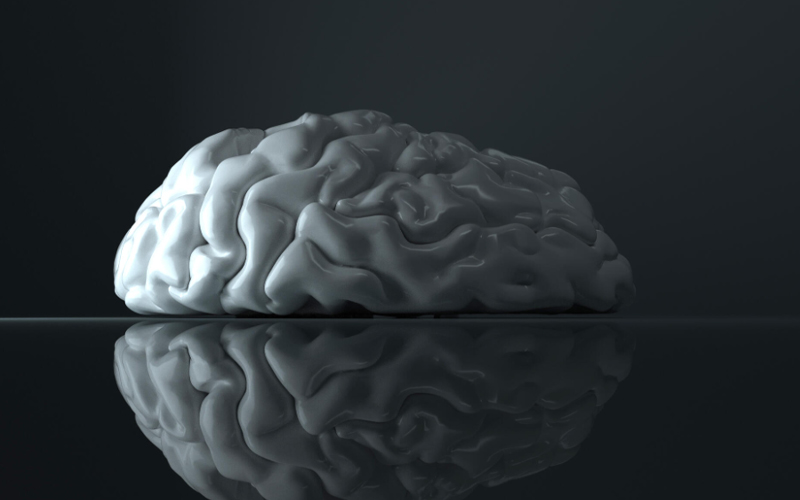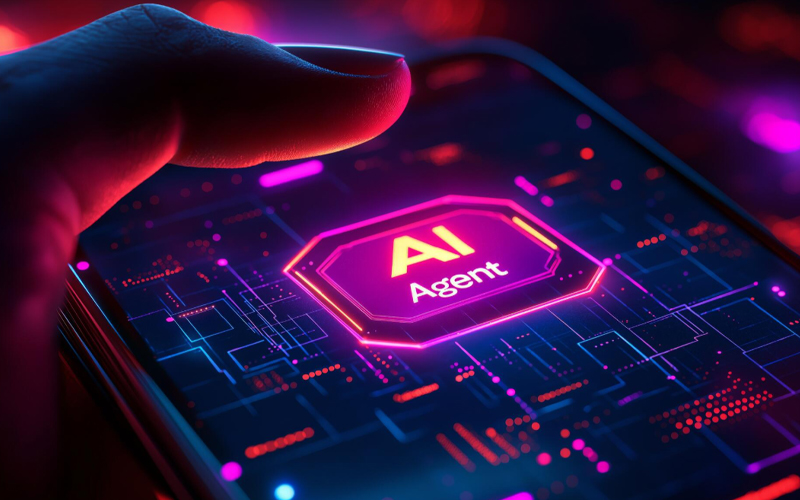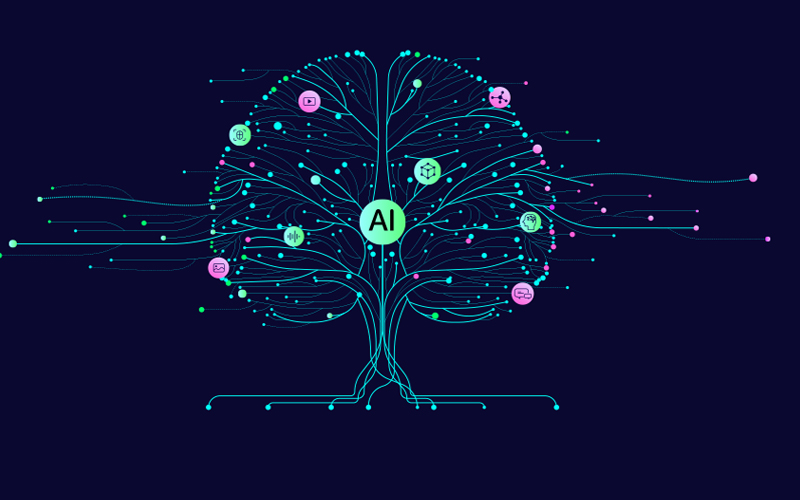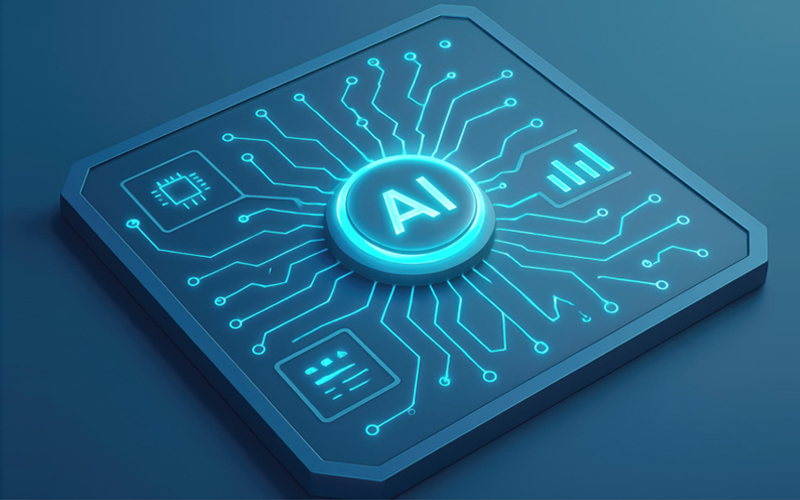Market shocks now strike quicker than most firms can react. And boards are looking for ways to make people and machines act as one. In response, we see AI agents in finance that can process huge data flows, yet they often miss nuance, context, and ethics. Human judgment fills those gaps. The winning strategy is to join both and build a single, trusted decision flow.
Understanding AI in financial forecasting
Modern platforms run deep-learning models, knowledge graphs, and reinforcement agents. They pull macro data, social signals, and even satellite images that track retail traffic. In seconds, an AI-driven financial analysis tool can test hundreds of scenarios that once took days. However, the fact of the matter is that these forecasts can only draw meaningful results when experts review the results, adjust assumptions, and share the story with senior leaders. Algorithms can spot patterns very well. But humans spot regime shifts, politics, and silent signals. Analysts see when a model drifts or when one outlier hides a genuine trend.
Agentic systems do more than predict. Each agent forms goals, keeps a short memory, and taps the best tool for the next step. A liquidity agent may ask a macro agent for stress numbers, refine its hedge, and then brief the treasury. In effect, AI in financial forecasting becomes a live conversation, not a static model. Together, people and agents reduce blind spots, trim model risk, and keep leadership in charge of strategy.
Organisations are testing three designs for agentic systems:
- Single general agent: One model handles end-to-end tasks. It is easy to launch but hard to audit. If it fails, everything stops.
- Multi-agent coalition: Separate agents focus on credit, liquidity, ESG, or customer trends. Teams can swap or tune parts without breaking the whole, but it demands strict logs.
- Meta-agent layer: A top agent assigns work, checks quality and returns one view to users. Oversight stays clear, yet the front end stays simple.
Projects often start with one agent to prove value, then shift to multi- or meta-agent stacks as they scale up.
AI-driven financial analysis – Collaboration models in practice
Human insight and autonomous agents meet through a few repeatable patterns that channel raw data into board-level action and define who owns each decision:
- Centaur analysis: The analyst poses a question, and the agent ranks futures. Then, the analyst tests the machine’s edge cases.
- Meta-agent orchestration: A top layer assigns tasks to specialist agents, merges outputs, and logs feedback for retraining.
- Human-in-the-loop alerts: Risk thresholds fire instant escalations, keeping volatile episodes off autopilot.
- Co-creative generation: Agents draft scenario decks, earnings briefs, or hedge rationales. Humans edit the tone, ensure compliance, and deliver the narrative to stakeholders.
- Symbiotic swarm/collective intelligence: Multiple agents and analysts split sub-portfolios, share signals in real time and converge on a unified strategy faster than any single model or person could have.
Strategic gains of a blended approach
Combining algorithmic speed with human judgment strengthens every link in the forecasting chain:
- Resilience: When an agent misfires, a human steps in and keeps decisions on track.
- Regulatory fit: Manual checkpoints create clear audit trails for model governance.
- Ethics: Reviewers add social and climate filters that data alone can miss.
- Talent leverage: Agents handle routine checks, freeing experts for strategy.
- Faster cycles: Tight feedback loops speed up model refreshes by days, letting firms pivot sooner.
Future avenues for human – AI-driven financial analysis
Next-generation agents will talk, see, and remember like seasoned analysts. Multimodal models will mix charts, text, and audio in one flow, letting risk teams ask questions verbally and see answers as live graphs. Spatial computing will place agents in virtual meeting rooms, where a CFO can point at a 3-D cash-flow surface and request new scenarios.
Meta-agents will self-audit peer agents and raise instant red flags, easing regulatory reviews. Federated learning could let banks share model insights without moving data, improving systemic foresight while guarding privacy. Finally, synthetic data will train agents on rare crises, giving human teams rehearsal time before the next real shock.
How can Infosys BPM help?
A mature ecosystem lets executives adopt human and AI-driven financial analysis without building every component from scratch. Infosys BPM curates more than 12,000 reusable AI artefacts and over 150 pre-trained models, all shielded by nearly 700 patents. A partner network of 100 established providers and 120 start-up layers on specialist functions, while a responsible-AI framework keeps human oversight and ethical guardrails intact.








